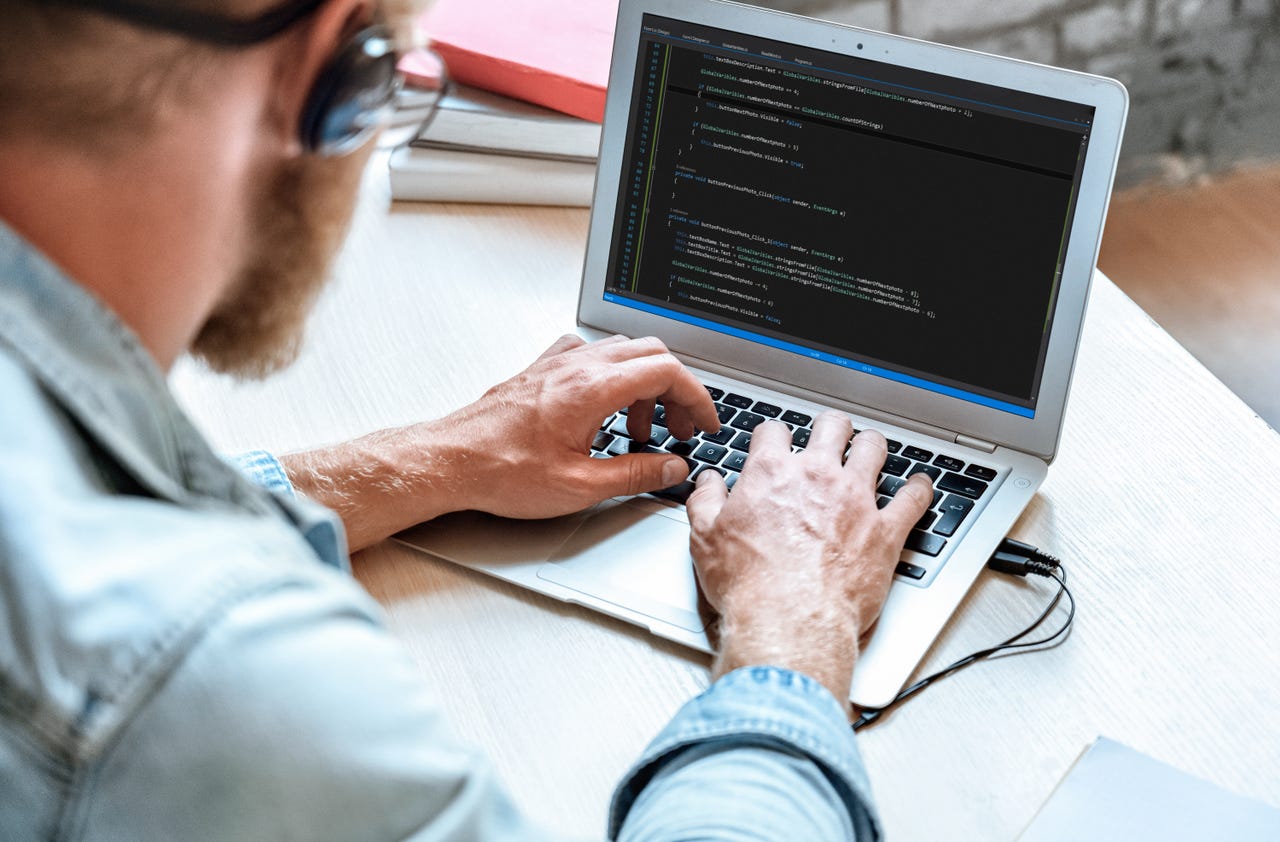































 insta_photos/Shutterstock
insta_photos/Shutterstock Tired of Windows? Sick of paying big money for Macs? Want a better, more secure desktop? Give Linux a try.
Read nowGit is the most widely used version control system on the market. It's huge and used by developers around the globe.
And it's used not just as a version control system, but also as a means of cloning repositories to your desktop or server, so you can then install whatever application is found in that repository.
Although you might not need to know about Git during your first steps with Linux (or as a developer), at some point you will. I've even found I can use Git and GitHub for documents and other types of files, not just code. Let me walk you through those first steps.
Also: C++ programming language and safety: Here's where it goes next
I'm going to demonstrate Git on the Ubuntu-based Pop!_OS Linux. You don't have to be using that particular distribution but if you're using a version of Linux that's not based on either Ubuntu or Debian, you'll need to alter the installation command from usingaptto the package manager of choice for your distribution (such asdnffor RHEL-based distributions). You'll also need a user with sudo privileges.
That's it. Let's take our first steps with Git.
Click to open your desktop menu and search for the terminal application. Once you've found it, launch it.
From the terminal window, install Git with the following command (wich downloads the necessary package and installs it in a single step):
sudo apt install git -y
With Git installed, we now have to create a local repository. To do that, we must create a folder to house the repository. For this, issue the following command:
mkdir ~/myproject
Change into the new directory with the commandcd ~/myproject. To initialize the repository, run the command:
git init
That's all there is to initializing your first repository.
From the project directory, create a README text file with the command:
nano README.txt
In that file, you can add any information you want to give other developers or users. Once you've finished, save the file with the CTRL+X keyboard shortcut.
After you add the file to the repository, Git will automatically notice the file but can't do anything with it. To allow Git to use the file, you must add what is called a commit. A commit is an operation that sends the latest changes made to the source code to the repository. In other words, if you don't make a commit, Git will not be aware of any changes. In our case, Git won't be aware that the newly added file contains any information.
To make it aware, we'll use thegit addcommand like so:
git add README.txt
If you've created more than one file in the repository, you can add them all at once with the command:
git add .
You can check the status of the repository with the command:
git status
The output to the above command will look something like this:
Changes to be committed: (use "git restore --staged <file>..." to unstage)modified: README.txt
We now have changes that must be committed.
The next step is to create a commit for our newly added README.txt file. When you create a commit, you add information to it so that anyone else working on the project knows what has been done. For example, we just added the README.txt file, so we'll want to create a commit to indicate that very thing. A git commit looks something like this:
git commit -m "Added README.txt"
The output of the above command will look something like this:
[master f2dd2d8] Added README.txt 1 file changed, 2 insertions(+), 1 deletion(-)
If you issue thegit statuscommand, you should see output similar to this:
On branch masterYour branch is ahead of 'origin/master' by 1 commit. (use "git push" to publish your local commits)nothing to commit, working tree clean
This next step in the process requires that you have a GitHub account. You will also have to have created an access token, which is done in GitHub Settings > Developer Settings > Personal Access Tokens. Once you've created a Personal Access Token, make sure to copy it, as you cannot view it again without regenerating it.
To finally make those changes available, we push them with the command:
git push
You'll be asked for your GitHub username and password (which is the Personal Access Token you just created). Once you successfully authenticate to your GitHub account, you should see something like this in the output:
Enumerating objects: 10, done.Counting objects: 100% (10/10), done.Delta compression using up to 16 threadsCompressing objects: 100% (6/6), done.Writing objects: 100% (6/6), 770 bytes 770.00 KiB/s, done.Total 6 (delta 1), reused 0 (delta 0), pack-reused 0remote: Resolving deltas: 100% (1/1), completed with 1 local object.To https://github.com/USERNAME/newproject.git 6fab6c3..c024f0d master -> master
Where USERNAME is your GitHub username.
Also, if you log in to your GitHub account, you'll see that a new repository has been created that includes all of the files in your local repository. At this point you can add new files or edit existing files from GitHub in your web browser. If you do that, you can then pull down those changes to your local repository, with the command:
git pull
Any file that you added to the GitHub repository will be pulled down and available to your local repository for editing.
And that's the gist of the basic Git workflow. Although it might seem a bit cumbersome at first, once you get the hang of it, you'll find it to be considerably easier than you think.
 Hot Tags :
Services & Software
Open Source
Hot Tags :
Services & Software
Open Source